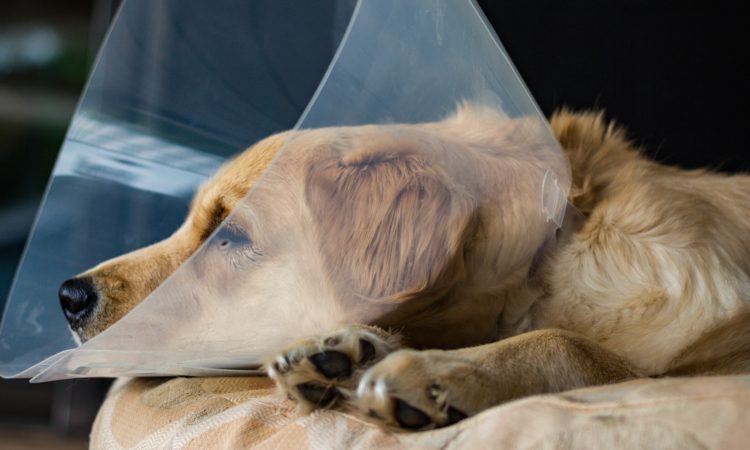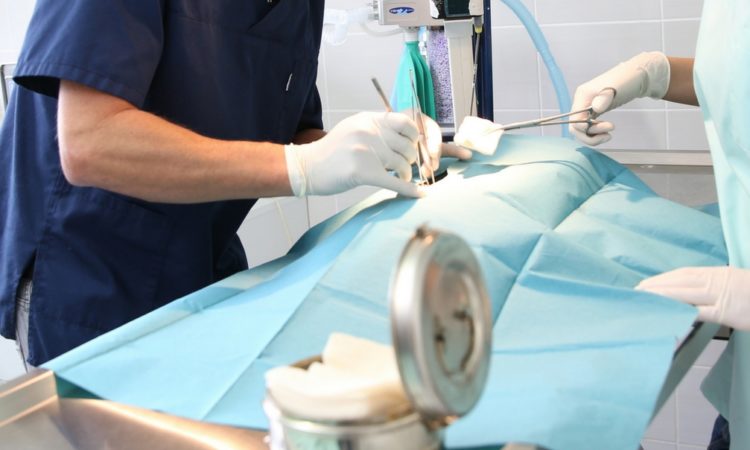Before your pet potentially gets lost, it’s important to consider steps you can take to help them return home to you. Microchipping is a non-invasive procedure that provides your pet with permanent identification that will help you be reunited if they are brought into a shelter, humane society or veterinarian.
Does a microchip work like a GPS?
Microchips are completely different from GPS technology. They do not provide real time information about your pet’s location and are only detectable if they’re scanned. Microchips are no bigger than a rice grain and are typically implanted in between your pet’s shoulder blades. The procedure doesn’t require any anesthesia or surgery and it only takes a few moments, with your pet experiencing the same pinching sensation on their skin, like when they get vaccinations. Your pet will only need one microchip during their lifetime since it’s not powered by any batteries or other power source.
When should my pet get microchipped?
We recommend your pet get microchipped as soon as possible, since there’s no way to predict when your pet could get lost. Each microchip is linked to an identification number that shows up once it’s scanned. Pet recovery databases store these identification numbers as well as the contact information associated with it. If you ever move or change your contact information, it’s important to update the database to ensure the right contact number is used if your pet is lost. In addition to microchipping, we also recommend collars and tags with your up-to-date contact information for your furry friend. If your pet has an upcoming surgery, we’re also able to implant the chip while your pet is on the operating table. Alternatively, we’re able to schedule the implantation during a regular visit. To book an appointment, you can contact us at 604-940-0899.







